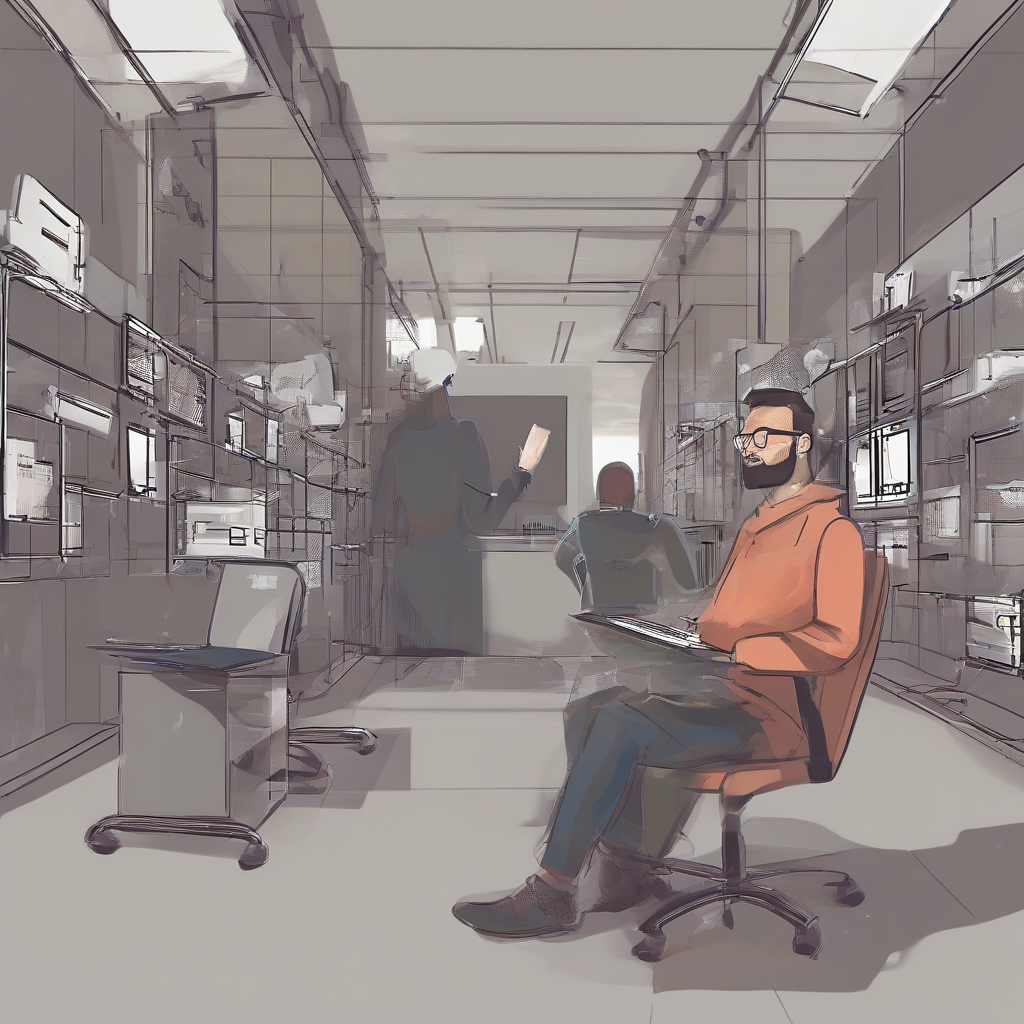Is Your AC Broken? A Comprehensive Guide to Troubleshooting Your Air Conditioner
Is Your AC Broken? A Comprehensive Guide to Troubleshooting Your Air Conditioner
A malfunctioning air conditioner can transform a comfortable home into an unbearable oven. Knowing the signs of a broken AC unit is crucial for timely repairs and preventing further damage. This guide will walk you through various indicators, helping you determine if your air conditioner needs professional attention.
Common Signs Your Air Conditioner is Failing
Before diving into specifics, let’s outline some common symptoms that suggest your AC unit might be on its way out:
- No Cool Air: This is the most obvious sign. If your AC is running but not producing cool air, there’s a problem.
- Weak Airflow: While the unit is running, the airflow might be insufficient to cool the room effectively.
- Strange Noises: Unusual banging, rattling, grinding, or hissing sounds indicate potential mechanical issues.
- High Energy Bills: A consistently higher-than-usual energy bill, even with normal usage, could signify an inefficient or failing AC.
- Frequent Cycling: The AC unit turns on and off very frequently, never quite reaching the desired temperature.
- Frozen Coils: Ice buildup on the evaporator coil is a clear indicator of a serious problem.
- Leaking Water: Water leaks near the unit are problematic and could signal a refrigerant leak or drainage issue.
- Warm Air Blowing: If the air coming from the vents is warm instead of cool, the system is likely malfunctioning.
- Musty Odor: A foul, musty smell from the vents could signify mold or mildew growth inside the unit.
- Unit Won’t Turn On: If the AC unit simply refuses to power on, there’s an electrical or mechanical problem requiring professional attention.
Investigating Specific Problems
Let’s delve deeper into some specific issues and what they might indicate:
1. No Cool Air
- Check the Thermostat: Ensure the thermostat is set correctly to “cool” and is set to a temperature lower than the room temperature.
- Power Supply: Verify that the power is connected to the unit and the circuit breaker hasn’t tripped.
- Air Filter: A clogged air filter restricts airflow, preventing the unit from cooling effectively. Replace or clean the filter.
- Refrigerant Leak: A low refrigerant level prevents the unit from absorbing heat. This requires professional attention.
- Compressor Issues: The compressor is the heart of the AC; a malfunctioning compressor needs professional repair or replacement.
2. Weak Airflow
- Clogged Air Filter: As mentioned earlier, a dirty filter severely restricts airflow.
- Blocked Vents: Check that vents are open and not obstructed by furniture or other items.
- Frozen Evaporator Coil: Ice buildup restricts airflow and requires attention to underlying issues.
- Blower Motor Problems: A weak or failing blower motor can’t move sufficient air.
- Dirty Condenser Coils: Accumulated dirt and debris on the condenser coils reduce efficiency and airflow.
3. Strange Noises
- Rattling or Banging: Loose parts within the unit can cause rattling. Professional inspection is needed.
- Grinding: This points to worn-out internal components that need replacement.
- Hissing: A hissing sound often suggests a refrigerant leak, a serious problem.
- Clicking: Intermittent clicking sounds might indicate electrical issues within the unit.
4. High Energy Bills
- Inefficient Unit: An older or poorly maintained AC unit consumes more energy.
- Refrigerant Leaks: Low refrigerant levels force the unit to work harder, increasing energy consumption.
- Dirty Coils: Dirty condenser and evaporator coils reduce efficiency and increase energy usage.
- Poor Insulation: Insufficient insulation in your home leads to greater energy loss and higher bills.
5. Frequent Cycling
- Thermostat Issues: A malfunctioning thermostat might cause erratic on/off cycles.
- Refrigerant Problems: Low refrigerant levels often result in frequent cycling.
- Dirty Coils: Restricted airflow from dirty coils leads to frequent cycling.
- Oversized Unit: An AC unit that’s too large for the space can cycle too often.
6. Frozen Coils
- Restricted Airflow: Clogged air filters or obstructed vents restrict airflow, causing the coils to freeze.
- Low Refrigerant: Insufficient refrigerant makes the coils too cold, leading to freezing.
- Dirty Air Filter: A dirty filter is a frequent cause of frozen coils.
- Faulty Fan Motor: A malfunctioning fan motor prevents adequate airflow, contributing to freezing.
7. Leaking Water
- Clogged Drain Line: A blocked drain line prevents condensate water from draining properly.
- Refrigerant Leak: A refrigerant leak can cause condensation and water leaks.
- Condensation Pan Issues: A cracked or overflowing condensation pan can lead to water leaks.
8. Musty Odor
- Mold or Mildew Growth: Moisture buildup inside the unit can cause mold and mildew growth.
- Dirty Air Filter: A dirty filter traps dust and debris, creating a breeding ground for mold.
- Poor Ventilation: Insufficient ventilation can contribute to moisture and mold growth.
When to Call a Professional
While some minor issues can be addressed with simple troubleshooting, many problems require the expertise of a qualified HVAC technician. Don’t hesitate to call a professional if:
- You suspect a refrigerant leak.
- You’re experiencing significant water leaks.
- You hear unusual noises that persist after basic checks.
- The problem isn’t resolved after attempting basic troubleshooting.
- You’re uncomfortable working with electrical components.
- You have any concerns about safety.
Attempting complex repairs without proper knowledge can worsen the problem and potentially cause further damage or injury. A professional technician has the tools, knowledge, and experience to diagnose and fix the issue efficiently and safely.
